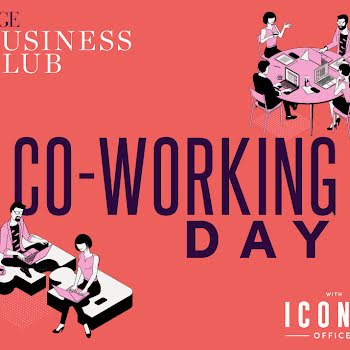
By Jeanne Sutton
14th Mar 2016
14th Mar 2016
Crippled with pain, Jeanne Sutton knew something was wrong. Endometriosis is a life-changer.
I don’t know if it was a habit of living in this era which renders self-documentation almost reflexive, but when I found myself waiting alone in a clinic room on the outskirts of Toronto three years ago I was already committing the upcoming consultation to Key Moments. Sitting on the edge of an examination table, my shorn layers, which collectively tackled the Canadian winter displacing the polite runner of tissue paper, I waited for the doctor. I’ve seen a lot of doctors in the past three years. I have grown accustomed to waiting.
Read More: Endometriosis: 10 Things You Need To Know
Without too much of a delay, in walked Stanley Tucci’s doctor doppelganger. He looked at me over the rim of his glasses. Looked at my charts. Looked back at me. A near sigh.
?Yeah, you’ve got mechanical problems.? And thus I discovered, rueful grins exists outside of novels, and that I wasn’t crazy.
When I was twenty two I learned that my ‘mechanical problems? were most likely caused by the medical condition endometriosis. Endometriosis is a condition where tissue that is similar to the lining of the uterus (the endometrium) is found outside the uterus where it does not belong. This abnormal tissue contains endometrial glands and stroma, and their secretions can cause the surrounding tissue to bleed, become inflamed and cause scarring and adhesions.
Painful periods are the most common symptom of endometriosis (though not all women with endometriosis have pain).?The type of pain that makes?you clear the calendar. It is estimated by some that potentially 6-10% of women have endometriosis. There is also a strong connection between the disease and infertility. Some women never realise they have endo, the symptoms never presenting in a worrying enough manner. Some find out when they try to conceive and life refuses to move along in a stork-visiting manner. Others, like me, spend years grappling to explain why every four weeks they can’t move with pain, are propping themselves up with over the counter medication and tend to use hot water bottles in the height of summer.
In Ireland I thought there was nothing special about my pain. It was handy to get out of PE class. Cramps were normal, as much a part of the Irish convent education experience as mad religion classes. It never occurred to me to talk about them to a doctor. When I eventually did I was told that I was like every other young woman.
It was when I moved to Canada to attend university for a year things began to crescendo. My body felt turgid, I was tired all the time. I lived alone and one arctic January morning collapsed with pain onto my floor, assuming the foetal position with no relief. My body felt scalded, all spasms and shakes. It took me an hour and a half to walk the ten minutes to the clinic. In the waiting room my unwilling jerks unnerved the child next to me. This was not normal.
Some months later I returned to Ireland and my journey to discovery was punctuated by blood tests and prodding by an array of medical professionals. It has gotten to the stage that I’ve lost count of the amount of people who haven’t bought me so much as a lunch yet have carried out pelvic examinations on my imperfect self. When an Irish surgeon eventually sliced me open, my man in Canada’s gut instinct was confirmed. My left ovary was lasered and my abdomen has now two delicate and neat scars. Officially diagnosed, I was being thrust some certainty I wasn’t too sure I wanted. That word as a whole, endometriosis, is far more sudden than its spell-checked syllables suggest.
When I awoke from the surgery I felt glorious at first, because morphine is glorious. I thought I looked like Jackie Collins, as if I had the best hair in the Coombe and her surrounding environs. The mirror no one had to hand would doubtless display cheekbones capable of cutting glass. In reality, outside of this haze, I could barely summon the energy to chew on the biscuits the nurses rationed out to me. My stomach was covered in gauze, which would later entwine with my stubby stitches. Any trace of blood had already readied to a solid crumby black.
As the medication wore off I began to reflect on my new reality. Religious ingestion of the Pill is the main treatment option but does nothing to diminish the fatigue that seems to be my main takeaway from the disease. There is a support group that helps one feel less lonely. Regarding the potential status of my fertility, I tell myself when thinking about the future don’t factor in spending future earnings on maternity wear, especially the maternity onesies I saw in Santry at the weekend.
I have chosen to deal with my chronic condition and diagnosis the way it was handed to me that freezing morning – with cool and mechanical acceptance.
Jeanne Sutun @jeannedesutun
For more information on the condition and support see, www.endo.ie
This article was originally published in April 2014.






















